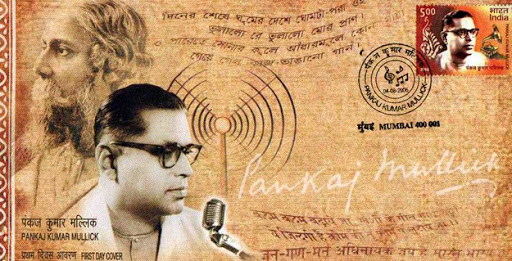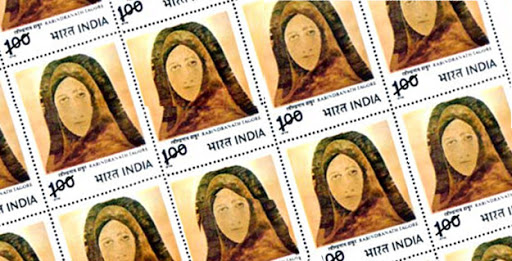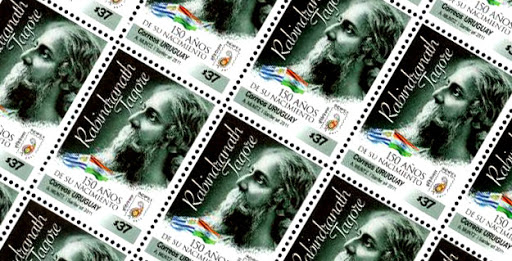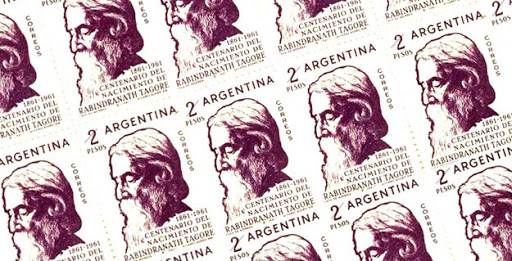Renewable energy effectively utilizes natural resources such as sunlight, wind, tides and geothermal heat, which are naturally replenished. Renewable energy technologies range from solar power, wind power, and hydroelectricity to biomass and biofuels for transportation. About 13 percent of primary energy comes from renewables, with most of this coming from traditional biomass like wood-burning. Hydropower is the next largest source, providing 2-3%, and modern technologies like geothermal, wind, solar, and marine energy together produce less than 1% of total world energy demand.The technical potential for their use is very large, exceeding all other readily available sources. Biomass is grown from several plants, including miscanthus, switchgrass, hemp, corn, poplar, willow and sugarcane.The particular plant used is usually not very important to the end products, but it does affect the processing of the raw material. Production of biomass is a growing industry as interest in sustainable fuel sources is growing.
Wind power is the conversion of wind energy into useful form, such as electricity, using wind turbines. At the end of 2006, worldwide capacity of wind-powered generators was 73.9 gigawatts; although it currently produces just over 1% of world-wide electricity use,it accounts for approximately 20% of electricity production in Denmark, 9% in Spain, and 7% in Germany.Globally, wind power generation more than quadrupled between 2000 and 2006.
Most modern wind power is generated in the form of electricity by converting the rotation of turbine blades into electrical current by means of an electrical generator. In windmills (a much older technology), wind energy is used to turn mechanical machinery to do physical work, such as crushing grain or pumping water.
Wind power is used in large scale wind farms for national electrical grids as well as in small individual turbines for providing electricity to rural residences or grid-isolated locations.Wind energy is plentiful, renewable, widely distributed, clean, and reduces toxic atmospheric and greenhouse gas emissions if used to replace fossil-fuel-derived electricity. The intermittency of wind seldom creates problems when using wind power at low to moderate penetration levels.











0 comments:
Post a Comment